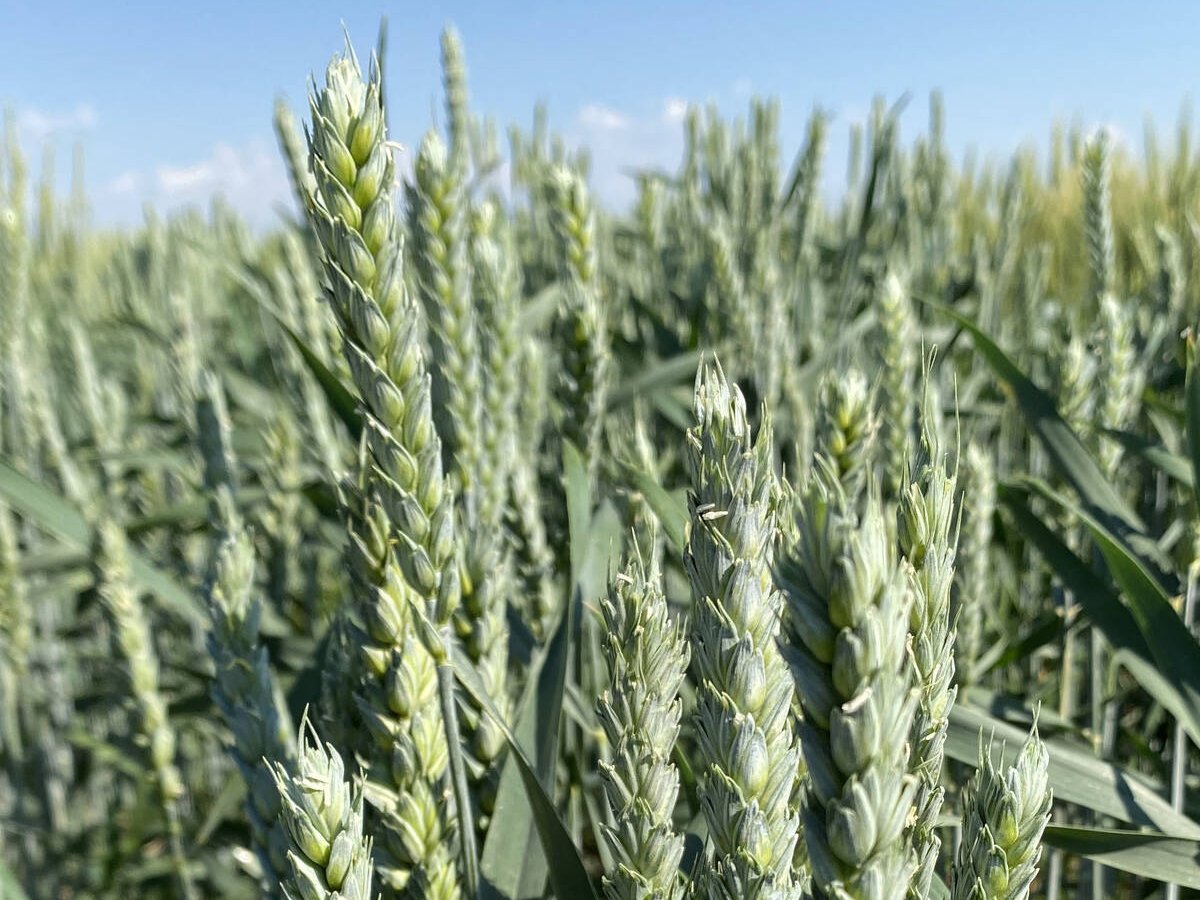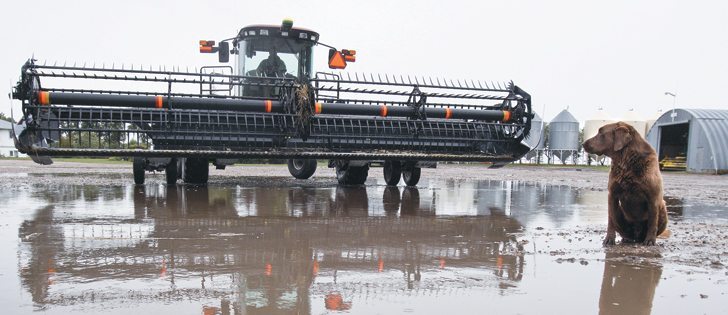‘New normal’ | Analyst expects more wet springs for Manitoba and eastern Saskatchewan
NEW ORLEANS, La. — Growers in the eastern Prairies will need to keep their rubber boots handy for the next couple of decades, says an historical climatologist.
“We are now in a new normal,” Evelyn Browning-Garriss, author of the Browning Newsletter, told the 2014 Oilseed & Grain Trade Summit.
The new normal, which includes wet springs for Manitoba and eastern Saskatchewan, is the result of the Pacific Ocean being in a cool phase and the Atlantic Ocean being in a warm phase. Browning-Garriss said they’re going to remain that way for a long, long time.
Read Also

Discovery promises big wheat yield gain
University of Maryland researchers have discovered a gene that produces three grains per wheat floret instead of the usual one.
The Pacific Decadal Oscillation, which operates in 50-year cycles, switched to the cool phase in 2006, while the Atlantic Multidecadal Oscillation, which turned hot in 1995, tends to stay in that phase for 40 years and then switch to the cool phase for 30 years.
Browning-Garriss said prevailing western winds take cool air from the Pacific across the Prairies in spring, where it meets with hot and wet air from the Atlantic.
The epicentre of that collision is near Manitoba’s Red River Valley, which means at least another 20 years of excessively wet springs for the area.
Increased volcanic activity is making matters worse. Significant eruptions have occurred in recent years that send volcanic debris into the atmosphere. The debris traps moisture and forms clouds of micro-droplets, which can remain in the atmosphere for a long time.
“When they finally do fall out, they fall out in unusually heavy deluges,” said Browning-Garriss.
“A volcanic rain is much harsher and much heavier than a regular rainfall.”
She said it is what farmers have been experiencing on the Prairies in recent years.
“That’s what you’re experiencing, is volcano weather. That’s why it has been so moist.”
Browning-Garriss said volcanic activity has been increasing significantly, and it doesn’t appear to be abating, with at least six active volcanoes in Russia.
The summer weather outlook in the coming decades is for hot and dry conditions.
Tropical trade winds tend to blow straight when the Atlantic is hot, which sends summer moisture to Mexico and diverts it from the southern United States, the Great Plains and the Canadian Prairies.
It usually results in warm summers, although the volcano weather can mitigate that somewhat.
Browning-Garriss said growers across North America can expect drought in key growing regions once every five years or so. Conditions will be reminiscent of the 1950s.
“You took rainfall for granted. Not so now,” she said.
“The good news is people can adjust to it. We had these conditions in the 1950s, and North America fed the world. But you cannot take water for granted.”
The hot Atlantic will tend to provide wetter conditions to the eastern half of South America, including key corn and soybean growing areas.
The one big wild card is the El Nino Southern Oscillation (ENSO). In May, it appeared that a strong El Nino was developing, but it faded and the ENSO is now in a neutral phase.
That is because a warm phase of the Madden Julian Oscillation (MJO) moved over the tropical eastern Pacific Ocean. The MJO operates in four to six week cycles.
“It went through that hot El Nino, scrambled it up and cooled it,” said Browning-Garriss.
However, the cool phase of the MJO is being followed by back-to-back warm phases, which are expected to reinvigorate the El Nino and create El Nino conditions this winter.
It should bring relief to the California drought and lead to a warm and dry winter for the Canadian Prairies as well as stronger chinooks.
The effects could last until spring if the El Nino is strong enough, which would help reduce the amount of rainfall that hits the eastern Prairies.
However, it will provide only a temporary one-year relief, and then growers will be back in the wet pattern for decades.
















